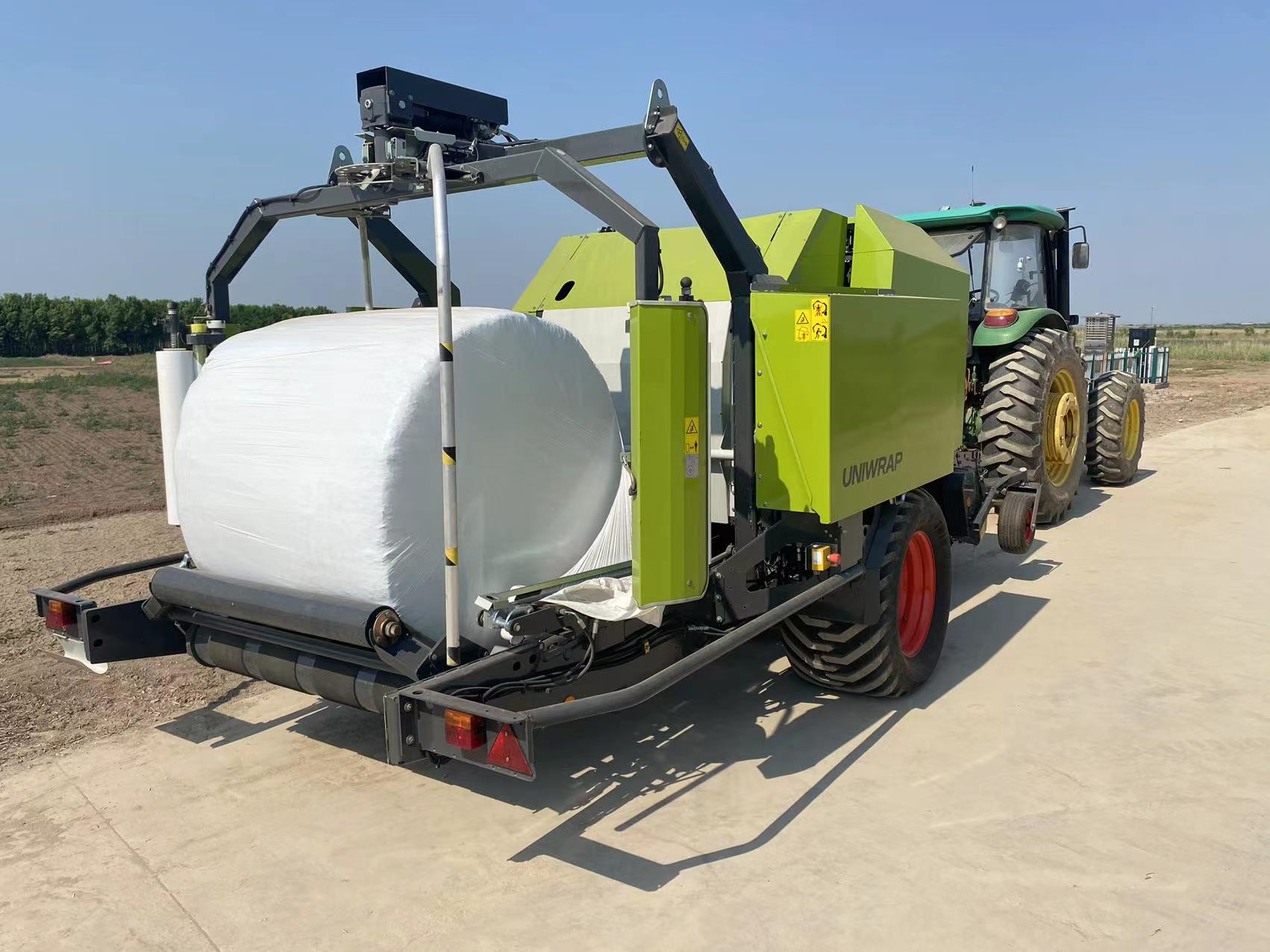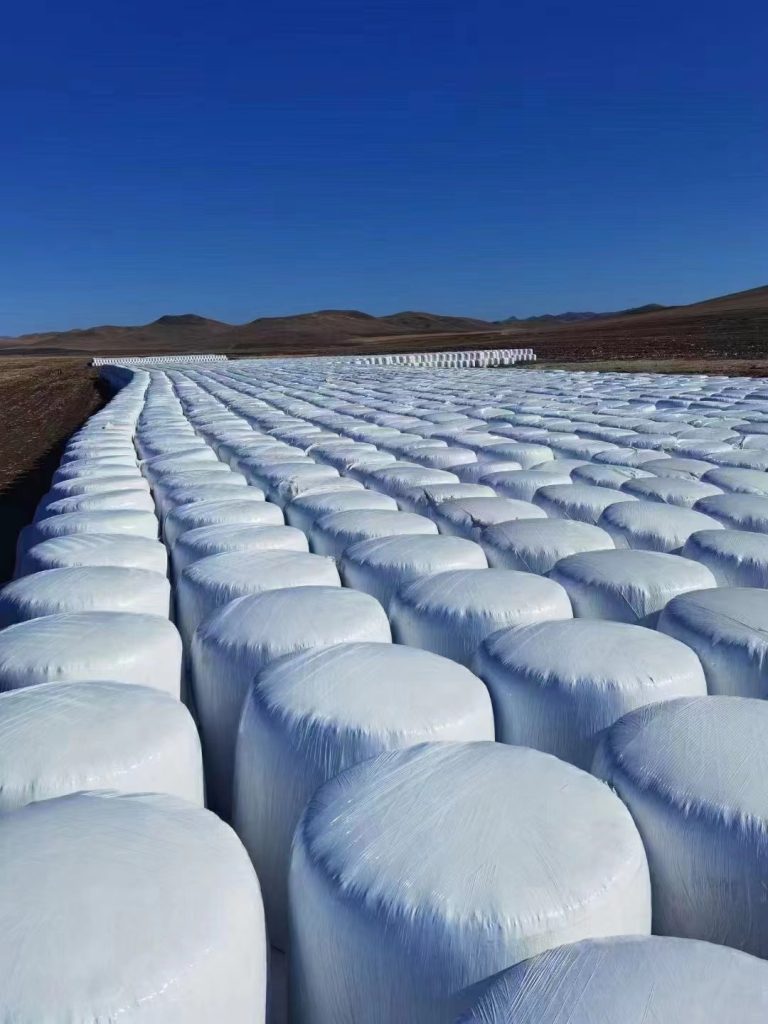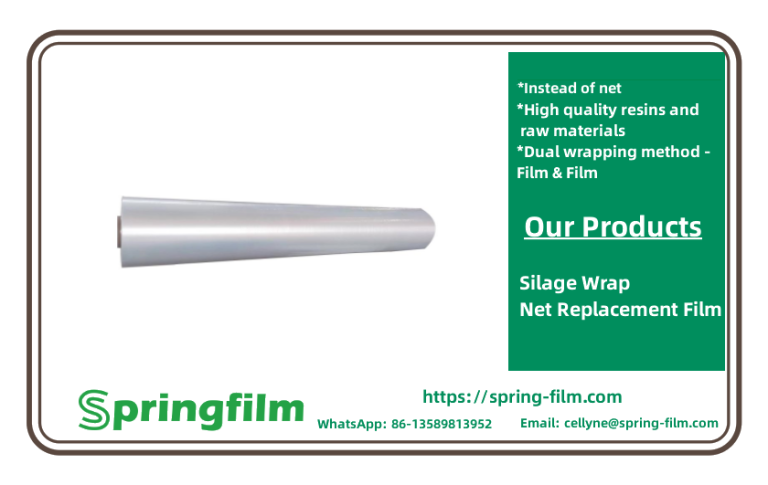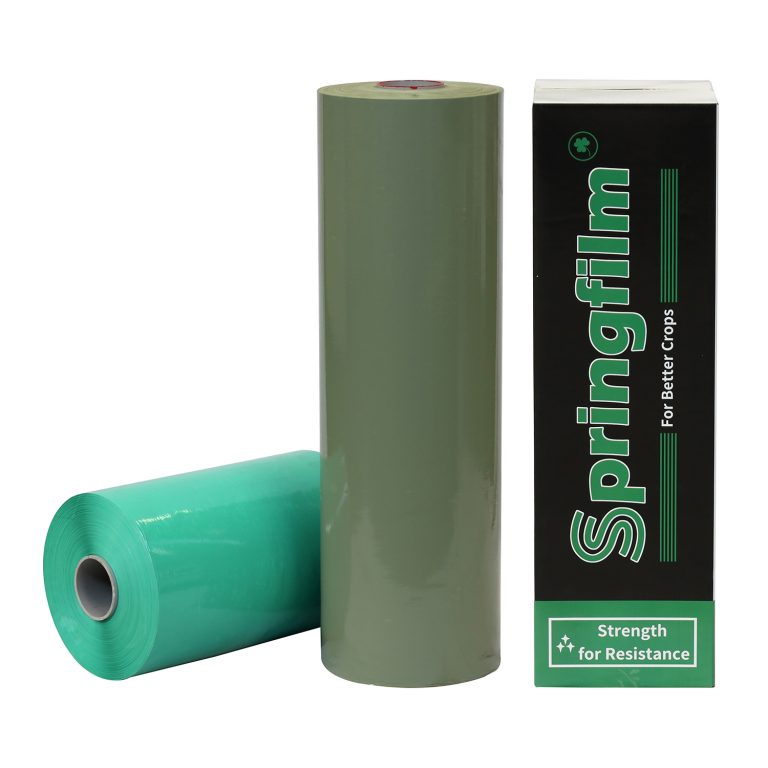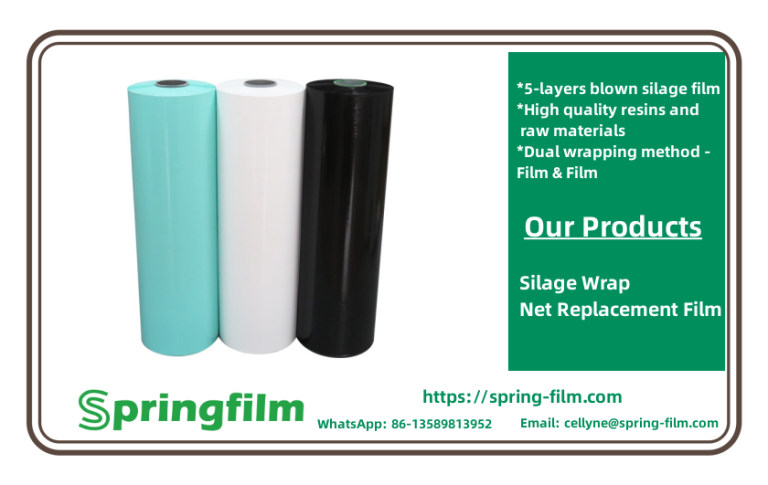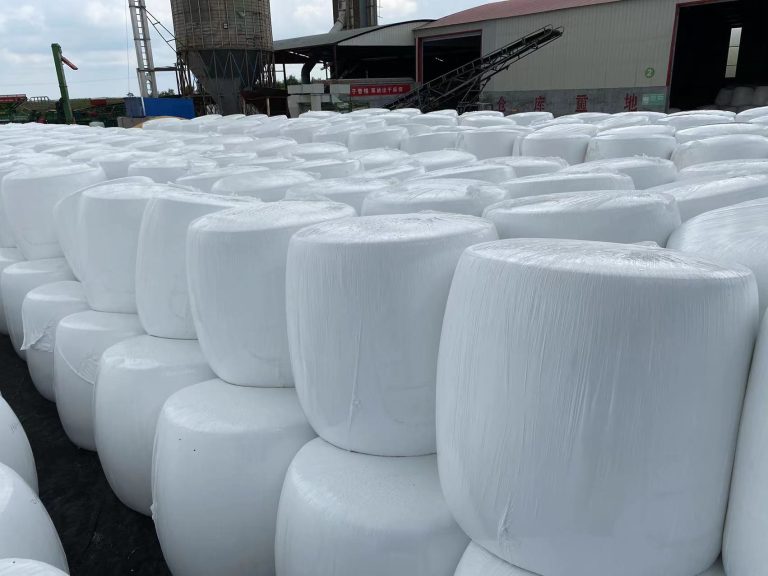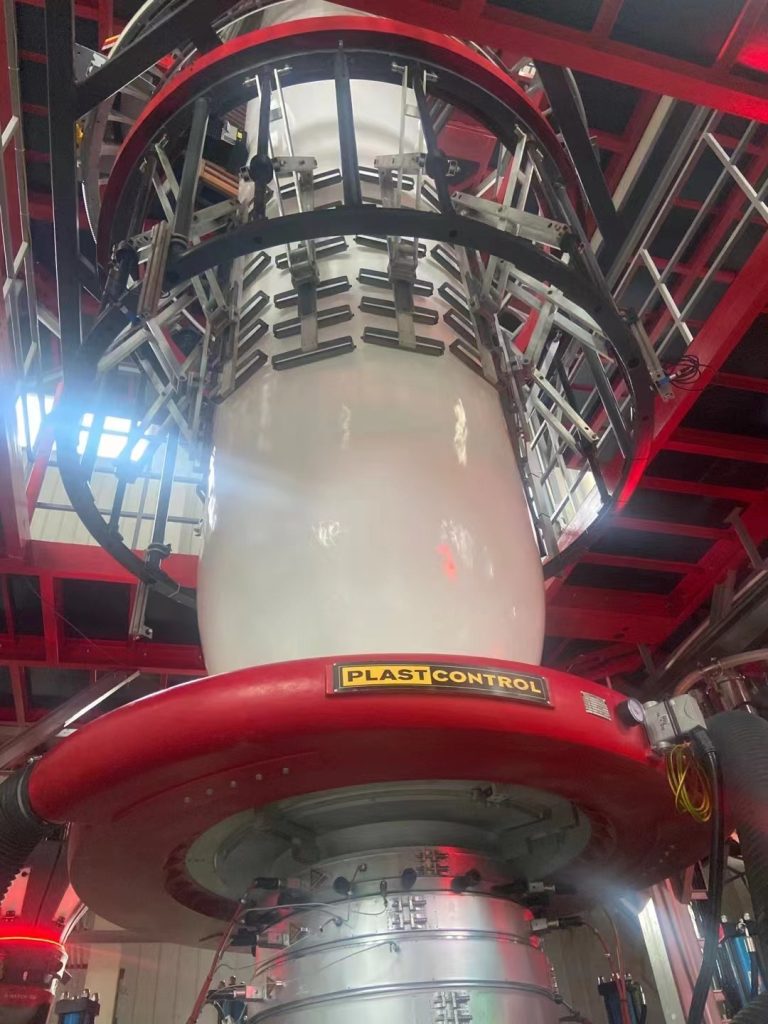The fermentation process is a crucial step in ensiling forage to produce silage. The length of time silage should ferment before feeding depends on various factors, and it’s generally recommended to allow for an adequate fermentation period to achieve optimal quality. Here are key considerations:
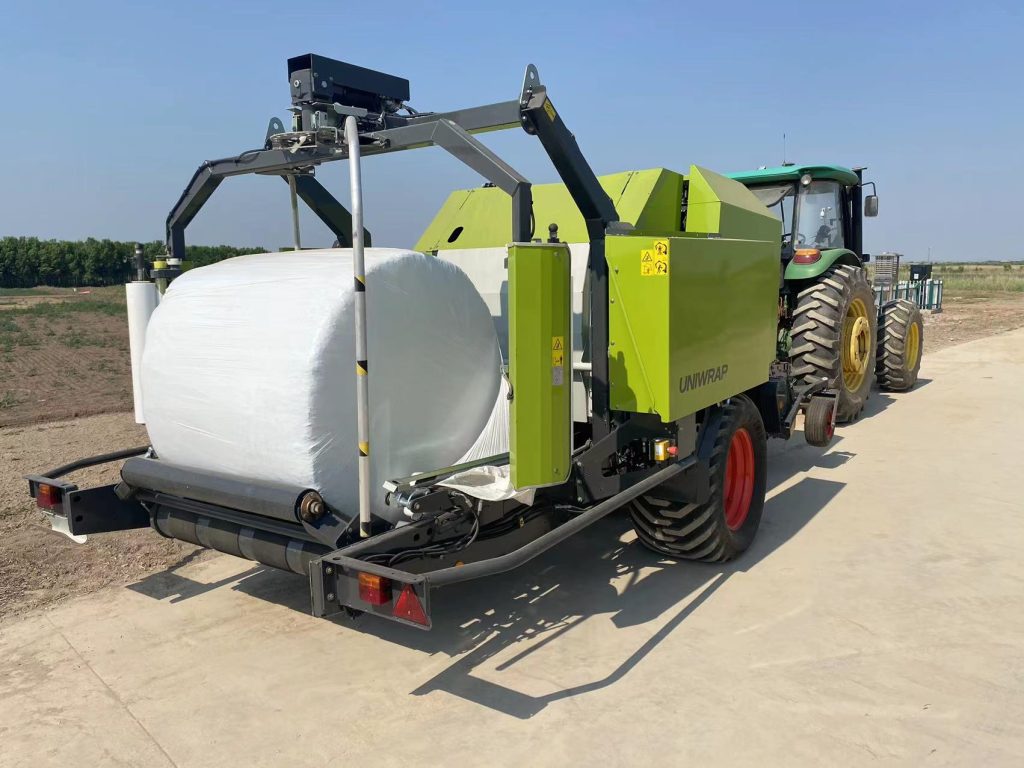
- Fermentation Period:
- Standard Time: The typical fermentation period for silage is around 21 to 30 days. During this time, microorganisms, primarily lactic acid bacteria, work to lower the pH, creating an acidic environment that preserves the forage.
- pH Level:
- Target pH: The target pH for well-fermented silage is generally between 3.8 and 4.2, depending on the type of forage and other factors. High Quality Silage Film silage wrap Stretch Film Hay Wrap Manufacturer China. Achieving this pH range indicates a stable and well-preserved silage.
- Temperature:
- Cooling Period: After the initial fermentation, it’s advisable to allow the silage to cool before feeding. This cooling period helps stabilize the silage and improve its palatability.
- Duration: A cooling period of about 2 weeks is often recommended. During this time, the silage continues to mature and develop its final quality.
- Monitoring Quality:
- Visual Inspection: Regularly monitor the color, odor, and texture of the silage. Well-fermented silage should have a pleasant, slightly sweet smell and a uniform dark color.
- Check pH: Confirm that the pH has reached the target range.
- Type of Forage:
- Grass Silage vs. Corn Silage: Different forages may have varying fermentation characteristics. High Quality Silage Film silage wrap Stretch Film Hay Wrap Manufacturer China. For example, grass silage may require a shorter fermentation period compared to corn silage.
- Silage Additives:
- Use of Additives: Some silage additives, such as inoculants or preservatives, may accelerate or enhance the fermentation process. Follow the manufacturer’s recommendations regarding feeding times for treated silage.
- Silage Storage Conditions:
- Oxygen Exclusion: Ensure that the silage pit or bunker is properly sealed to exclude oxygen, as oxygen can lead to spoilage.
- Anaerobic Conditions: Silage should be stored and compacted to create anaerobic conditions for efficient fermentation.
It’s important to note that these are general guidelines, and local conditions, forage types, and management practices may influence the specific recommendations for a given silage operation. High Quality Silage Film silage wrap Stretch Film Hay Wrap Manufacturer China. Additionally, working with a nutritionist or consulting with agricultural extension services can provide tailored advice based on the specific needs of your livestock and the characteristics of your silage.

